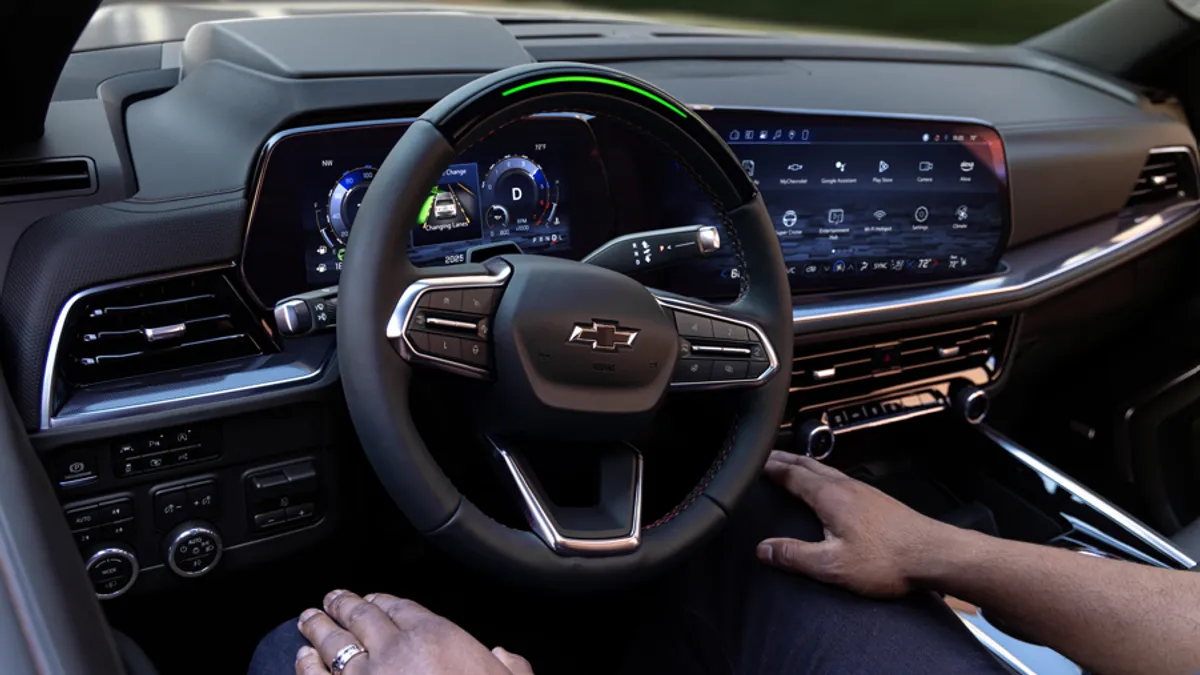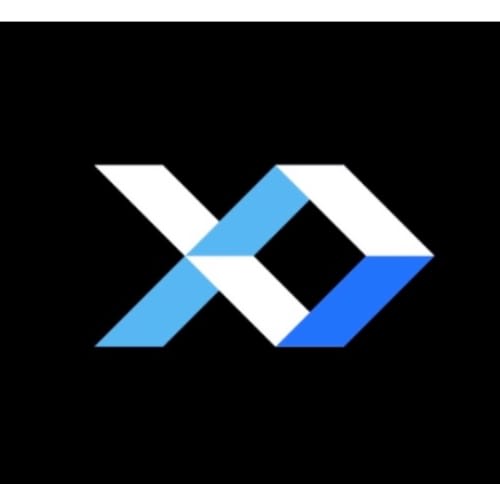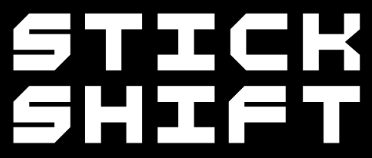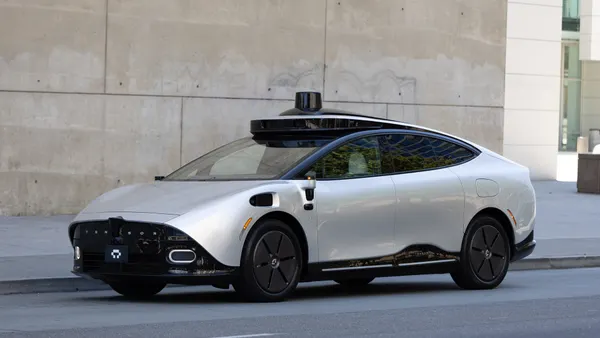Dive Brief:
- General Motors Co. subsidiary GM Energy has expanded its residential charging product offerings with the launch of the “GM Energy PowerBank” stationary energy storage unit, which allows its electric vehicle customers to store and transfer energy from the grid, the automaker announced in a press release.
- The PowerBank is available with a 10.6 kilowatt hour or 17.7 kWh storage capacity and can provide power to a home during an outage or help to offset higher electricity rates during peak times.
- The new PowerBank is available for purchase as part of the GM Energy Home System bundle, which includes a charger and vehicle-to-home hardware kit. The entire system will be accessible via GM vehicle mobile apps for remote energy management.
Dive Insight:
As automakers launch new EVs and residential charging products, harnessing the stored energy of batteries can help customers reduce the costs of charging their vehicles and lessen reliance on the grid.
GM Energy announced its vehicle-to-home charging products in April, which include all of the necessary hardware to transfer energy between a compatible GM EV and a properly equipped home. Customers that already purchased the V2H charging hardware can now add the PowerBank for additional energy storage capacity.
Two PowerBanks can also be connected together to double the system’s storage capacity up to 35.4 kWh, which GM Energy says is enough to power the average U.S. home for up to 20 hours.
“One of the core differentiators of GM Energy’s portfolio is its modularity,” said Wade Sheffer, VP of GM Energy, in the release. “The flexibility of our energy management tools, combined with one of the market’s largest lineups of vehicle-to-home-capable EVs, gives our customers more control over their energy use, helping to mitigate the impact of power outages, integrating renewable energy options and unlocking additional values.”
GM EV customers can also purchase an optional solar panel to supplement charging of EVs or provide additional power to a home without the vehicle present. GM Energy will refer customers interested in adding the solar kit to its preferred installation partner Qmerit, which will check for compatibility and other requirements.
GM Energy set up an interactive website where customers can connect with product specialists and have questions answered about the company’s suite of EV charging products. Pricing, costs and delivery timelines for GM Energy’s PowerBank and other products will vary depending on the installation requirements.
Along with GM Energy, other automakers are offering new products that support bidirectional charging and energy storage. Tesla launched its Powerwall in 2015 as a backup electrical source or supplement during peak demand times.
Ford Motor Co. also offers a V2H charging kit for the electric F-150 Lightning. It requires the purchase of Ford’s Charge Station Pro that’s paired with the automaker’s Home Integration System to enable bidirectional charging to utilize the stored energy in the truck’s battery. The F-150 Lightning equipped with the optional extended-range battery can power an average home for up to three days, according to Ford.
In May, BMW announced that its next-generations “Neue Klasse” EVs, will be able to store electricity to send back to the grid, or serve as a power source to supply energy to homes. The first of these EVs are expected to enter production in 2025.














